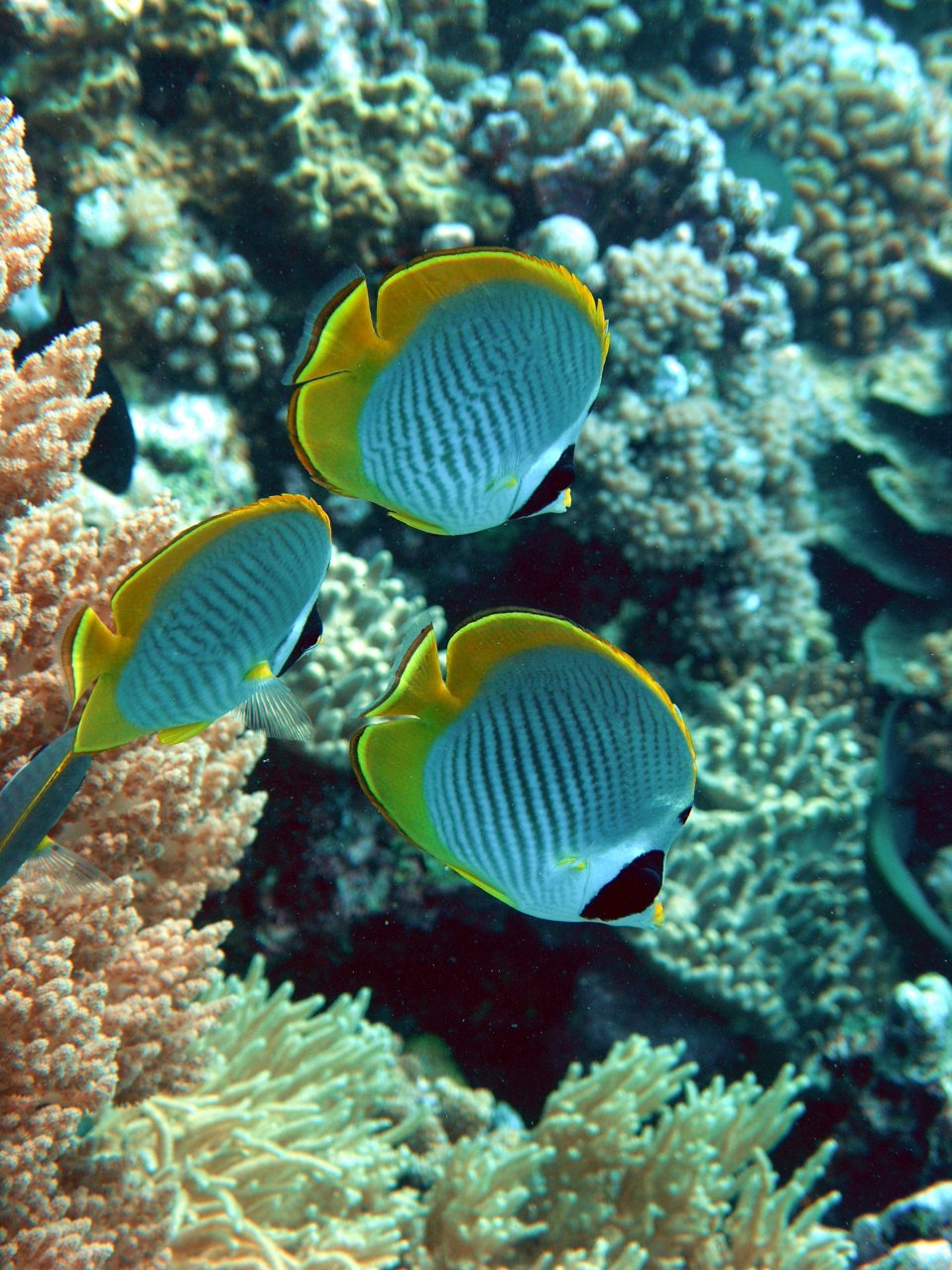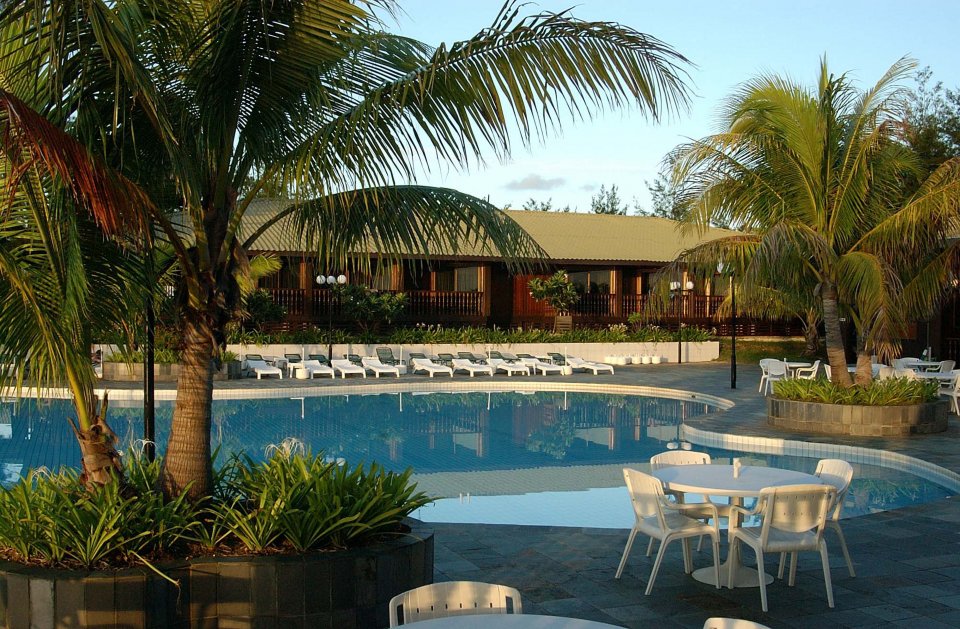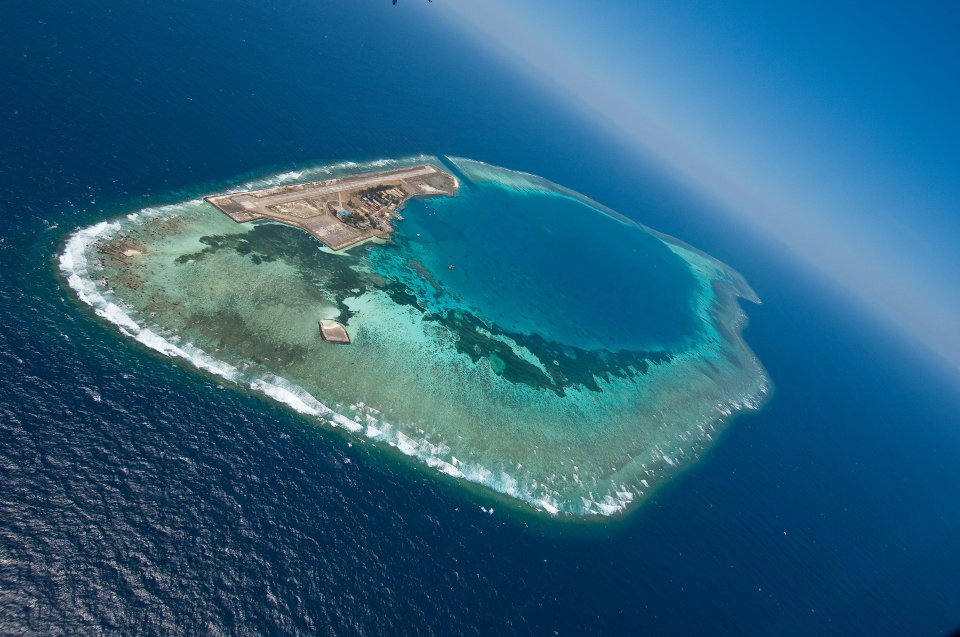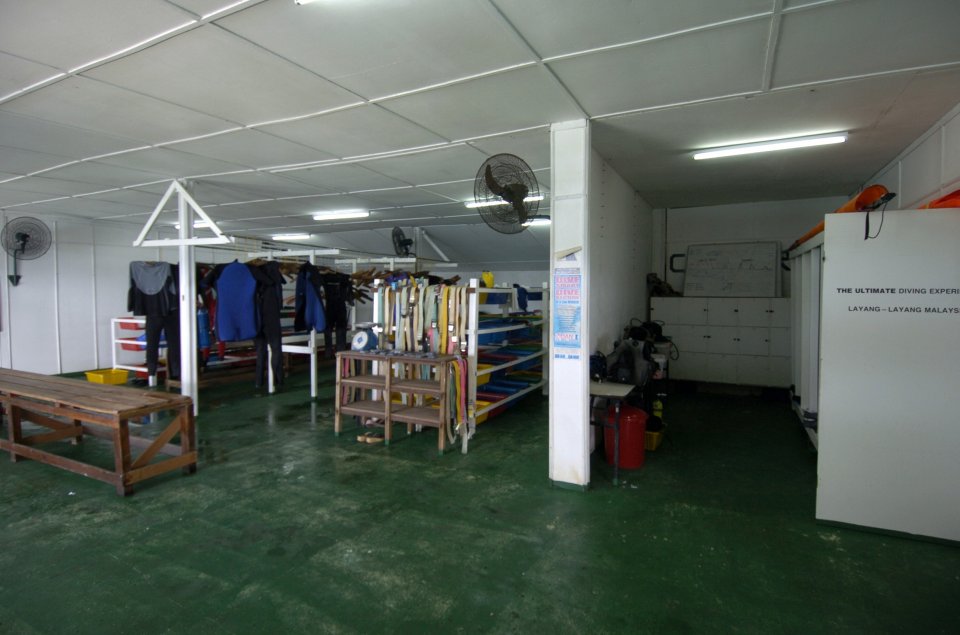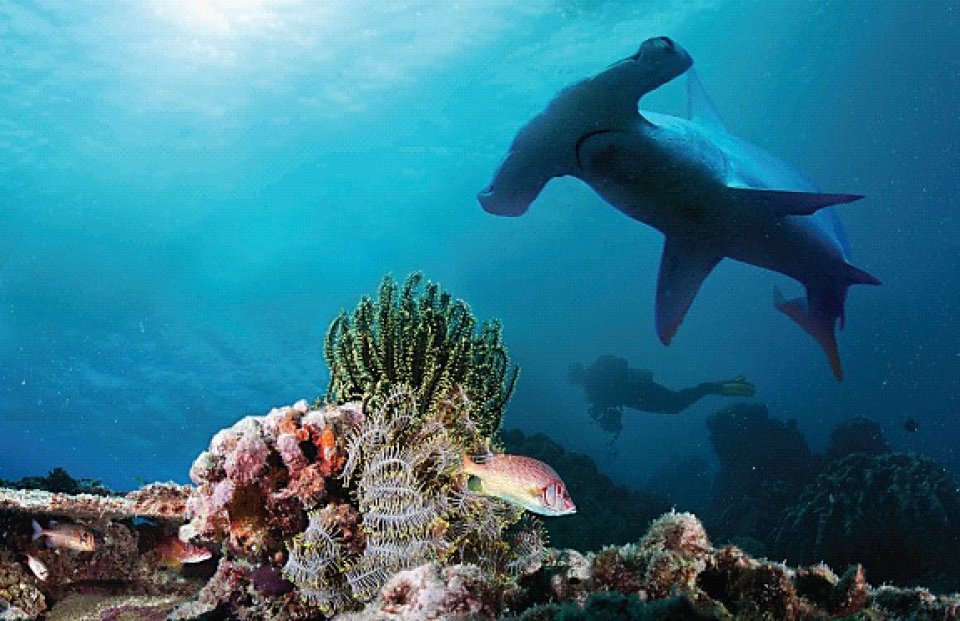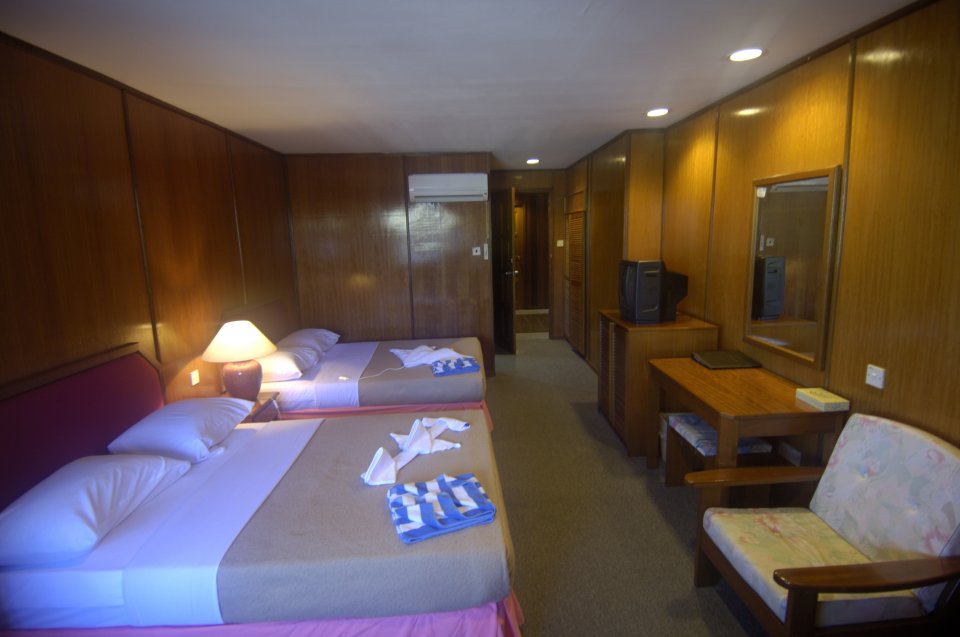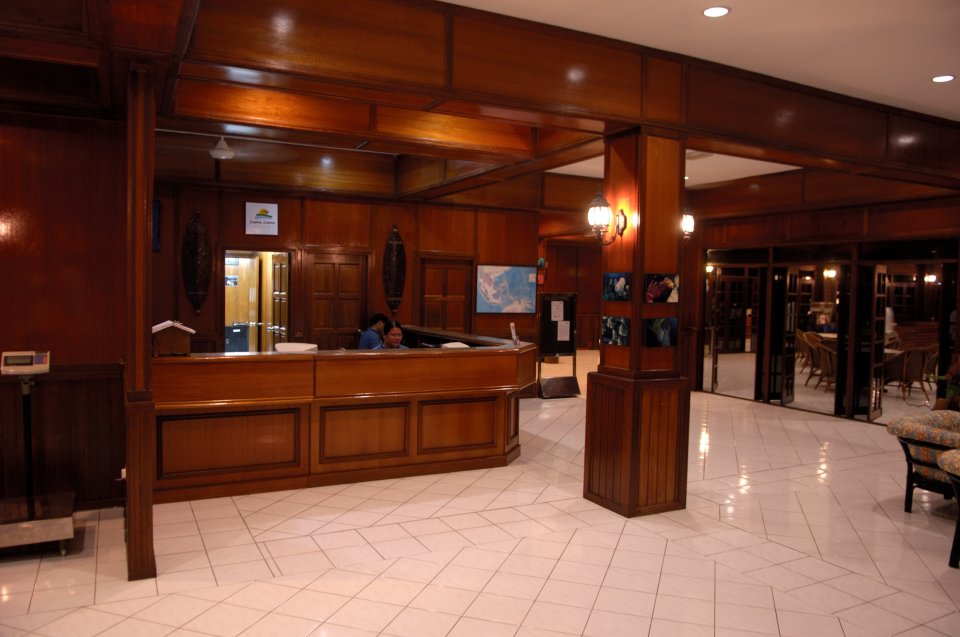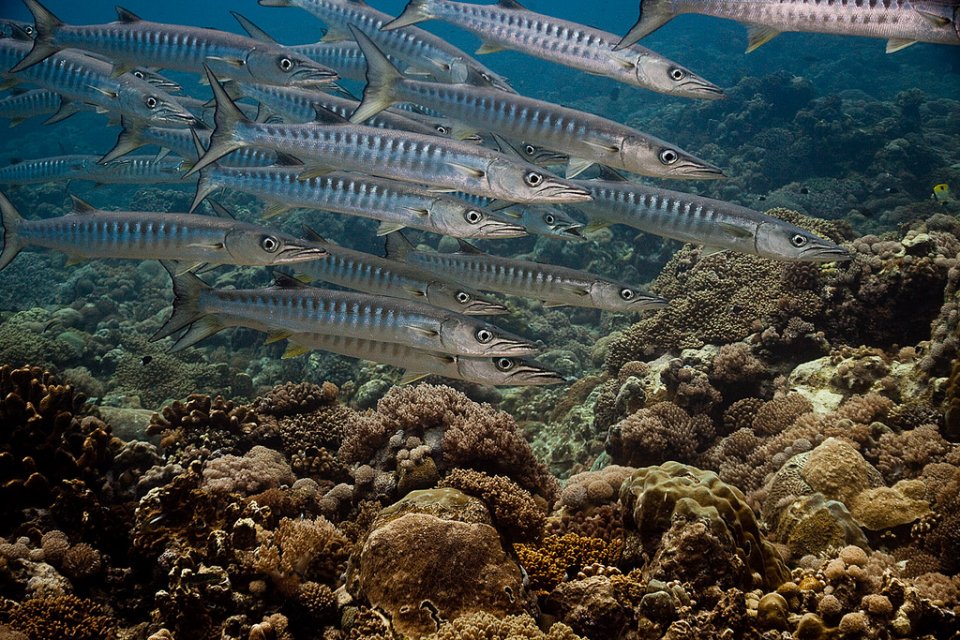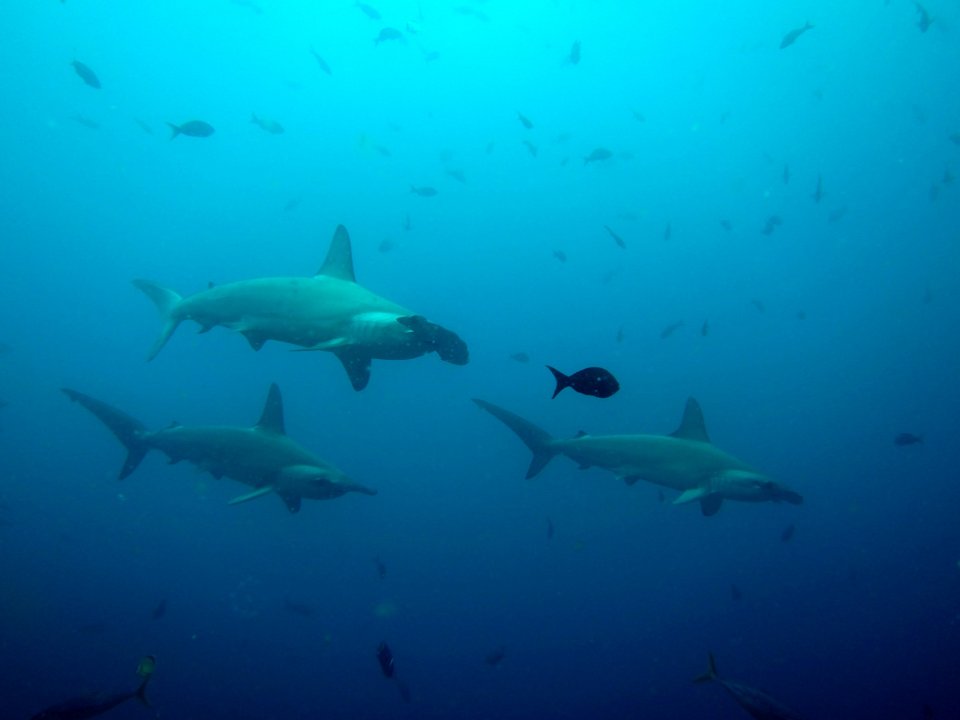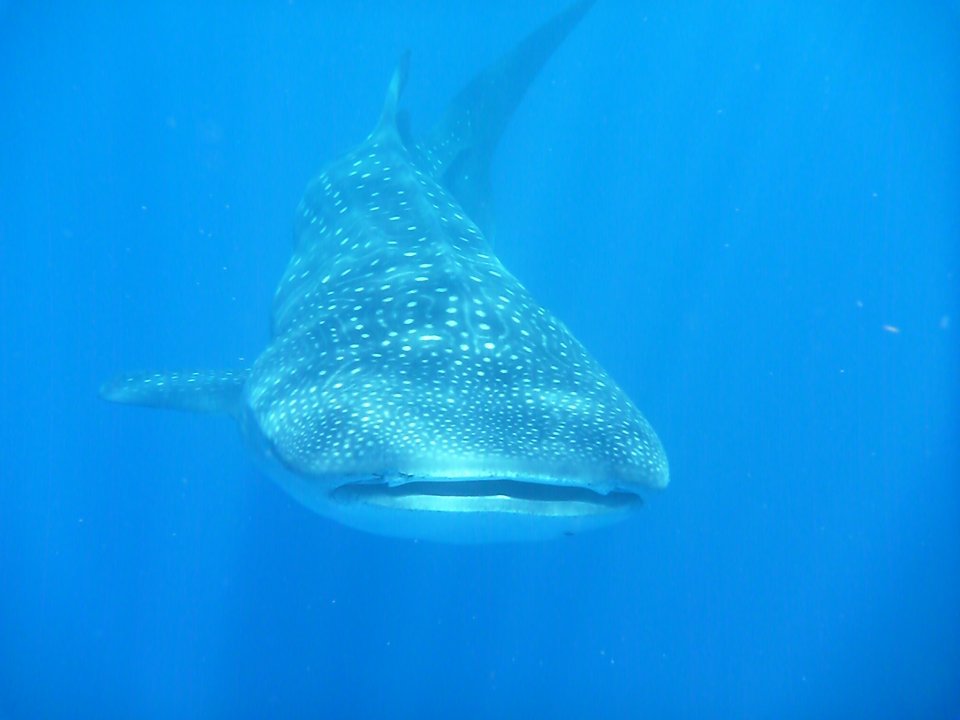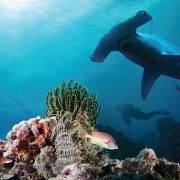Dive in Layang Layang
Diving packages in Layang Layang
-
6D5N DIVER PACKAGE
Package Inclusions: Accommodation at Layang Layang Resort 5 meals a day Use of tanks, weights, and weight belts 3 boat dives a day - 2 dives on arrival day, 3 dives on subsequent days and 1 dive on day before departure Package Exclusion: Return flight ticket from Kota Kinabalu / Layang Layang1 485 $ More Information
Diving in Layang Layang
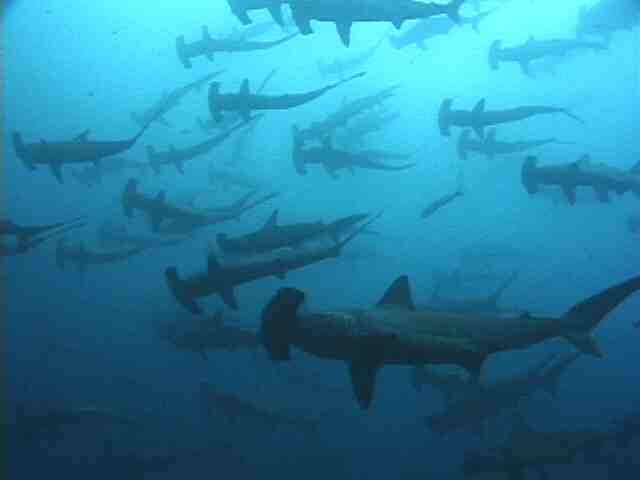
This is the intriguing island of Layang Layang, a coral blessed, deep sea atoll off the coast of Sabah. A kaleidoscopic underwater world like no other. This marine heritage is a geographical wonder, with the atoll rising from the deep blue depth of 2000m, hardly breaching the surface.
As many as 13 coral reefs have formed here, creating breathtaking underwater scenery.
With resident schools of barracuda, big-eye trevally and frequently seen green and hawksbill turtles, there are plentiful and healthy corals with sea fans stretching to more than three meters across that filter plankton from the passing currents.
The 20m deep lagoon has some great macro creatures to be found including seahorses, cuttlefish and pipefish but it is the pelagic visiting the outer walls that truly excite divers. Schools of scalloped hammerhead sharks, grey reef sharks, leopard sharks and the occasional threshers and silvertip sharks can all be seen.
Stingrays are also regular visitors including manta rays, pygmy devil rays, marbled rays and eagle rays. Rare sightings such as whale sharks, orcas and melon headed whales have all been seen over the last few years. Spinner and bottlenose dolphins frequently follow the dive boats to each location and divers are sometimes rewarded with snorkeling and diverse fish life and visiting pelagic marine life.
Layang-Layang has rightly gained worldwide recognition.
There are twelve or so dive sites - all which are accessed by boat and are from 5-15 minutes away from the dive centre. The visibility is usually very good at 20 metres and more. The water temperature is somewhere around 30 degrees C. Each dive will give you opportunity to see large creatures such as sharks, turtles and manta rays - maybe even the elusive hammerhead shark. A vast array of intact, unbleached hard and soft corals, barrel sponges, gorgonian fans, schools of large fish and the usual array of colourful little fish are easy to see on each dive. The diving conditions such as current will vary with the weather and the dive master will select a suitable site accordingly.
Divesite to recommend: The Point - For a chance to see any hammerheads. Divers swim away from the reef at the beginning of the dive into the blue at about 30-35 metres depth for about 5-10 minutes before returning to the reef and completing the remaining 30 minutes slow ascending dive along the reef wall.
One can also dive at the Pier: Diving is available but with the sandy bottom and movement of the boats, it is very murky with visibility being 2-4 metres. That being said, there is an amazing array of marine life to be seen directly under the pier from huge moray eels to baby lion fish. Pier dives are offered for those wanting to do a night dive without the expense of chartering a boat and also as the last dive of your visit. A bit of trivia - the 2007 photo competition winner took his winning shot from a night dive at the pier.

Travel to Layang Layang
 Layang Layang is an island situated 300 km north of the coast of Sabah, in Malaysian Borneo. A part of the disputed Spratly Islands, the island is also claimed by China, Taiwan, Vietnam and the Philippines, and is occasionally known in English as Swallow Reef.
Layang Layang is an island situated 300 km north of the coast of Sabah, in Malaysian Borneo. A part of the disputed Spratly Islands, the island is also claimed by China, Taiwan, Vietnam and the Philippines, and is occasionally known in English as Swallow Reef.
The island is man-made and was constructed for the Malaysian Navy and later developed for the only dive resort, Layang-Layang Island Resort, nowadays renamed into Avillion. This dive resort is situated on a coral atoll along with a small Malaysian Naval base. The naval base is completely off limits - island visitors are warned that wandering into the naval base area will result in detention. The island has been reclaimed from the ocean and artificially increased in size by use of concrete rubble, thus there are no sandy beaches to walk on, just concrete boulders. There is a sealed air strip on the island.
The 20m deep lagoon has some great macro creatures to be found including seahorses, cuttlefish and pipefish but it is the pelagic visiting the outer walls that truly excite divers: Layang Layang is situated in very deep waters with the drop off outside the island's reef falling away to approximately 2000 metres. Given its location in the middle of nowhere, the ocean waters are clear and unpolluted. Deep water marine species such as Hammerhead sharks visit this location. Whale Sharks also frequent the atoll. The corals are in pristine condition and with no fishing permitted, the fish life is abundant.
The island's solitary resort is open from March to August only. November to February is considered "Monsoon Season".
